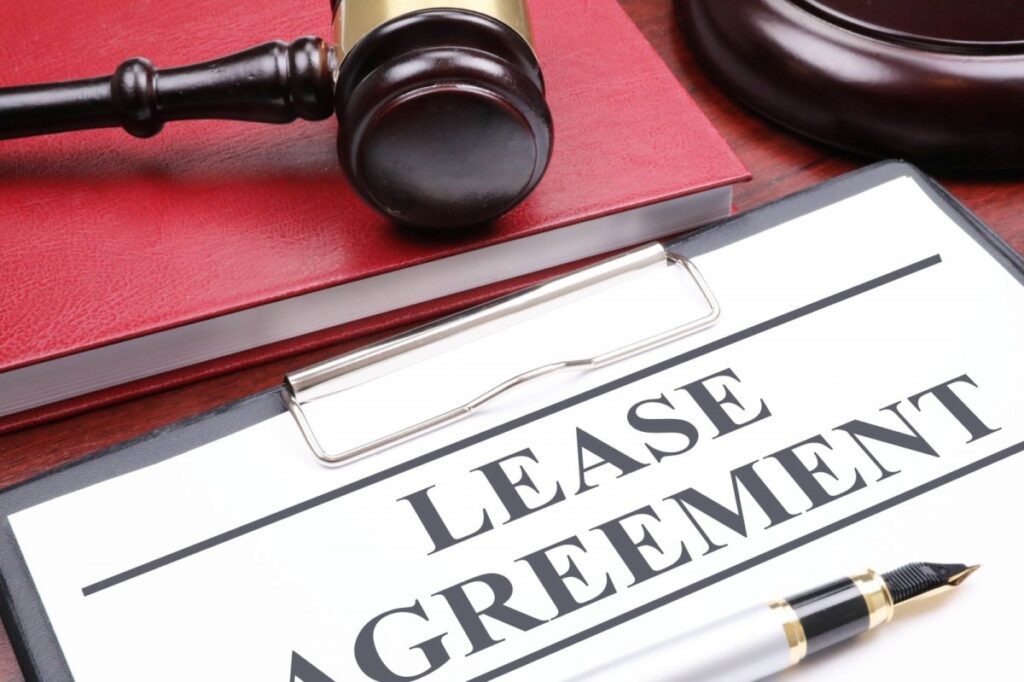Understanding the jargon; ASC 842 or Topic 842 is a new standard of lease accounting, brought into effect by the Financial Accounting Standards Board (FASB). At its core, ASC 842 aims to increase transparency and comparability among organizations by requiring lessees (those who lease property, plant, and equipment) to recognize assets and liabilities arising from most leases, with some exceptions for leases with terms of 12 months or less. Simply put, if you are renting office spaces, vehicles, or equipment for more than a year, this new standard means that you may now have to show that lease on your balance sheet, rather than only including it in the footnotes of your financial statements as was previously allowed.
Why should you care about ASC 842? The change may seem small, but it has significant implications for how your company’s financial health is perceived. Previously, long-term leases that were only included in footnotes may have led stakeholders to underestimate a company’s liabilities, giving a skewed picture of financial stability. Now, with ASC 842, companies need to bring these liabilities onto the balance sheet, which can make the company appear more indebted than before. However, there would be an offsetting asset as well. While this might initially seem alarming, remember that this change in accounting rules does not alter the actual economic reality of your business; it just presents a clearer picture to investors, lenders, and other stakeholders.
Sources: FASB.org and AICPA.org
Submitted by: Tristan Floyd

